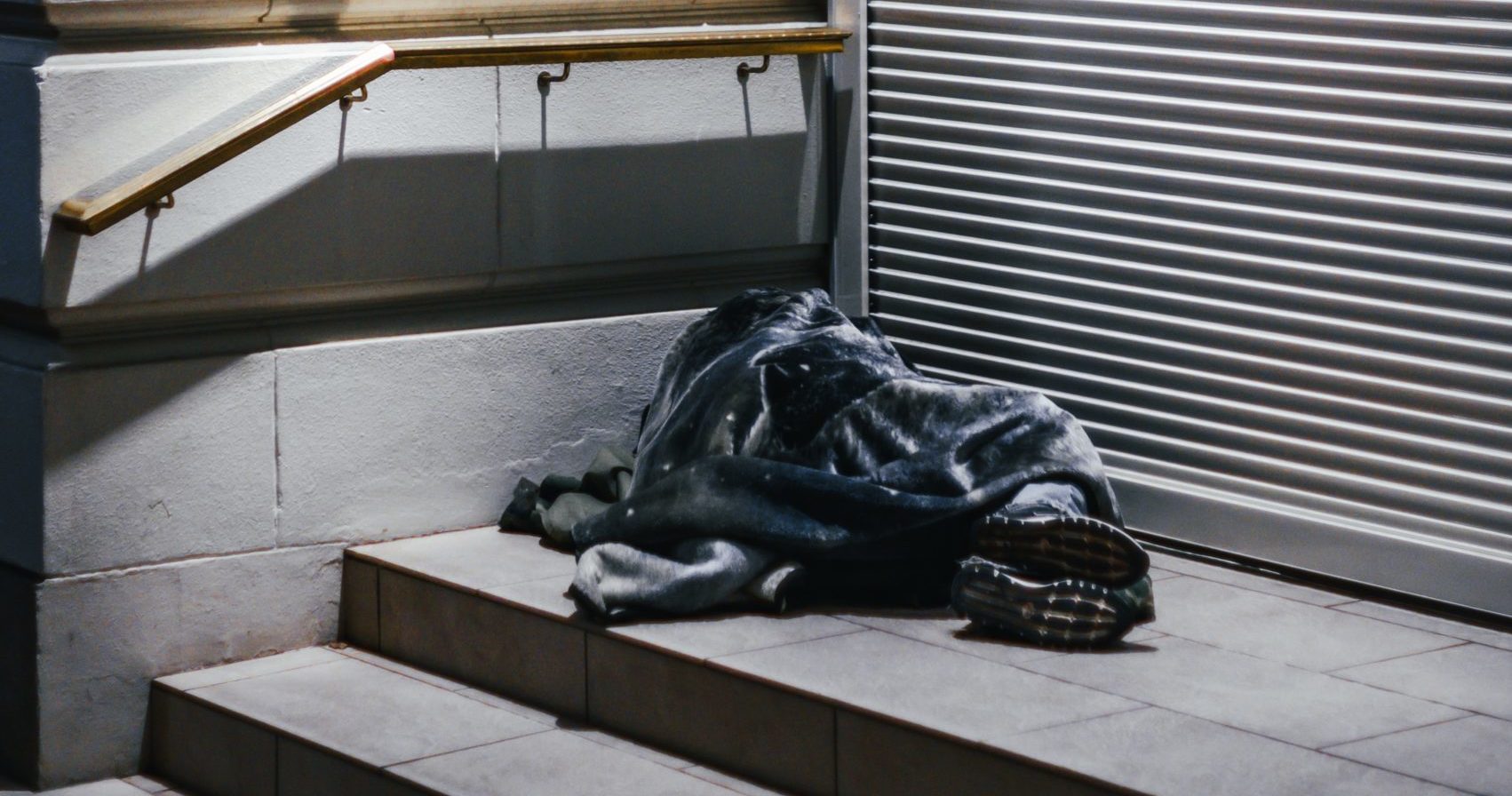A landmark report launched this month offers new data and key insights into homelessness in Australia and outlines a five-step plan to bring it to an end.
On 7 February, the Centre for Social Impact (CSI), the Australian Alliance to End Homelessness (AAEH), and Neami National launched one of the largest and most comprehensive reports into the causes of homelessness in Australia.
Gathered from 20,000 respondents, Centre for Social Impact research presents findings from the Advance to Zero homelessness database – the largest community-based database on rough sleeping and homelessness in Australia.
Using stories of lived experiences, the report offers key insights into the current state of homelessness in Australia.
“We only estimate the number of people experiencing homelessness every five years in the census, which doesn’t provide us with enough meaningful data to drive change,
This report is critical in illuminating where and how we should be focusing our efforts to end homelessness.”
David Pearson, CEO of AAEH
The Property Industry Foundation has backed the collection of better homelessness data through an investment in End Sleep Sleeping in 2020. This Collaboration collects data on rough sleeping in NSW and the data is held on a “By-Name” list, so-called because each rough sleeper is known by their name on the list.
“The By-Name list has enabled all agencies in Sydney to have access to real-time data around rough sleeping and craft meaningful responses for the individuals whose stories and circumstances are recorded on the list,”
Kate Mills, CEO property Industry Foundation

Speaking at the launch of the Ending Homelessness in Australia report, Leigh Jorey shared his experience of nearly 20 years of homelessness; “living on couches, in abandoned factories and industrial areas”. Now living in his own apartment, Leigh, 51, has completed a course in community services and is planning to start a business in support coordination for the disability sector. He describes the moment he secured a home as “enormous”.
"Without a home, you can’t make appointments, you’ve got no way of structuring your life, you’ve got nothing that’s safe,"

"Without a home, you’ve got no connection to a structured community – you’re living day by day."
Since finding a safe space to live and the right support, Leigh has been able to study, gain employment, reconnect with family and friends, and plan and organise his life.
Leigh’s experience as a rough sleeper echoes those of the homeless youth that the Property Industry Foundation supports. The work we do building safe and secure homes for homeless and at-risk youth can be the difference between decades of insecurity and poor health on the streets, or the pathway to a new life, employment, and greater stability.
The report authors say their findings can be used to understand the circumstances which lead to rough sleeping in Australia, and importantly, what we are going to do to end homelessness in Australia.
"Vulnerable people are telling us what they need,"
"We need to listen to them."
says Advance to Zero Data Lead Jessica Dobrovic.
Five ways to end homelessness
- Government leadership and a national end homelessness strategy
- An increase in the supply of social and affordable housing
- Housing First programs
- Targeted prevention and early intervention programs which address the underlying drivers of homelessness
- Supportive systems and programs
Of the around 21,000 people experiencing homelessness, over 7,000 said they slept most frequently on the streets, in parks and cars.
The average length of time people had experienced homelessness was 3.8 years.
20% of rough sleepers had been in youth dentation.
31% reported having been taken to a hospital against their will for mental health reasons.
Around 70% sleeping rough had been in out of home care at some point as a child.
